Nam Giao Altar is part of the Ho Dynasty Citadel World Heritage Site in Vinh Loc Commune (Thanh Hoa Province), about 2.5 km southeast of Ho Dynasty Citadel. This place is associated with the birth of the Ho Dynasty in our country's history.
|
Nam Giao Altar is part of the Ho Dynasty Citadel World Heritage Site in Vinh Loc Commune ( Thanh Hoa Province), about 2.5 km southeast of Ho Dynasty Citadel. This place is associated with the birth of the Ho Dynasty in our country's history. This altar has a unique architecture: its back leans against the mountain, its face faces south, and the altar platforms are arranged in gradually higher levels. From the foot of Don Son, the altar is built on 5 levels, structured in a rectangular shape, facing south. |
|
The Nam Giao Altar Relic Site was discovered and included in the statistics since the 80s of the 20th century. In 1990, the historical and cultural relic cluster including Tran Khat Chan Temple, Giang Pagoda (Tuong Van), Gio Pagoda (Nhan Lo) and Nam Giao Altar was recognized as a provincial relic. The mysteries of the Tay Do Nam Giao Altar began to be revealed from 2004 until now, through the results of archaeological excavation research. In October 2007, the Nam Giao Altar was recognized as a national archaeological relic. |
|
The altar base is surrounded by rectangular limestone slabs, leaning against Don Son mountain to the north. In the photo is altar base 1, the highest, on which is the Vien Dan architecture (circular altar base). |
|
In the relic site, there are also Ngu Duyen well and Ngu Duc well. The location of the well is in the southeast corner of platform 4. The well has a square plan (13x13 m). The well has a 2-part structure: The well wall is built of limestone blocks, the well bottom is circular (6.5 m in diameter), the cross-section is funnel-shaped, the depth from the mouth of the well is 4.9 m. |
|
From 2004 to 2016, Nam Giao Tay Do Altar has undergone four excavation studies covering a total area of 18,000 m2. The research is still ongoing, however most of the main architecture with the scale and structure of the heritage has been identified. |

|
Previous archaeological excavations discovered many sophisticated terracotta artifacts, dating from the late 14th and early 15th centuries. |
|
The leader of the Ho Dynasty Citadel Heritage Conservation Center said that from October to July 2026, this unit and the Institute of Archaeology will coordinate to excavate the Nam Giao Altar (remaining part) on an area of 9,909 m2. The excavation includes 94 pits in two areas, foundation 4 and foundation 5, at locations considered important in the overall architecture of the Nam Giao Altar. This is considered the largest-scale excavation ever in the Nam Giao Altar area, an important item in the Ho Dynasty Citadel World Heritage complex. |
|
According to regulations, during the excavation process, authorized units must ensure the protection of the original state of the strata, relics, antiquities and the site, and at the same time make plans and progress in accordance with approved goals and solutions. Discovered relics and antiquities are protected on site, scientifically adjusted and reported to the Ministry of Culture, Sports and Tourism for consideration of conservation plans. In cases where long-term preservation is required, they are temporarily imported to local public museums. |
|
"This excavation is expected to provide additional scientific arguments, contributing to the overall restoration of the Ho Dynasty's Heaven-worshiping ritual, thereby continuing to affirm the unique value of the Ho Dynasty Citadel World Heritage Site," informed the leader of the Ho Dynasty Citadel Heritage Conservation Center. Source: https://tienphong.vn/can-canh-dan-te-nam-giao-hon-600-nam-tuoi-o-thanh-hoa-duoc-khai-quat-voi-quy-mo-lon-post1795539.tpo |











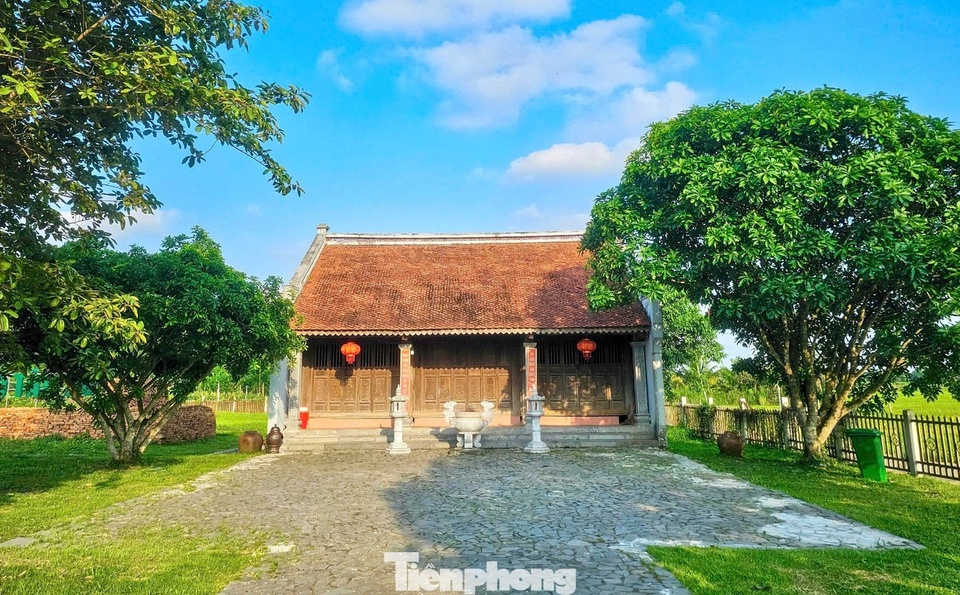

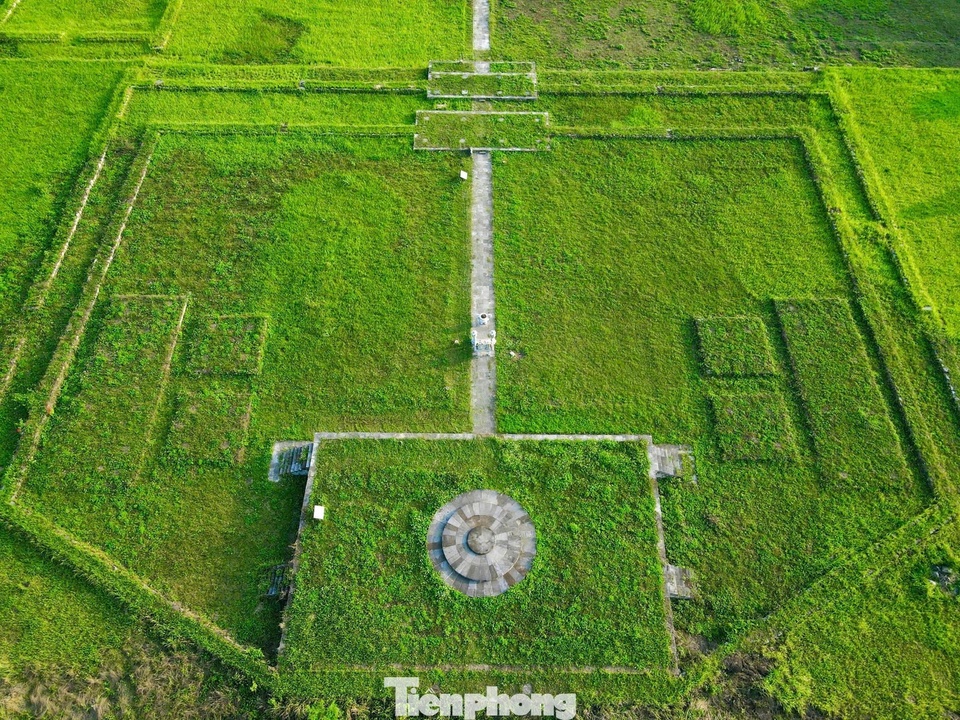






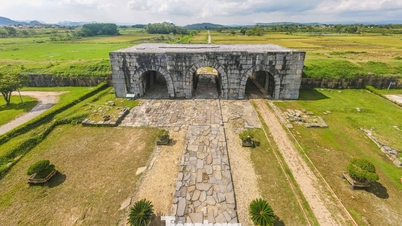
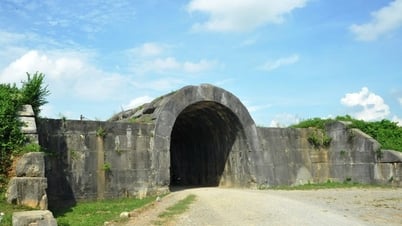
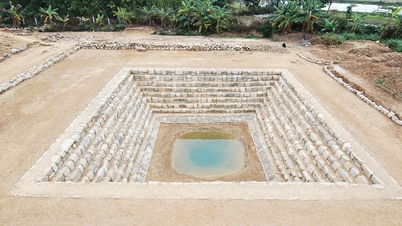









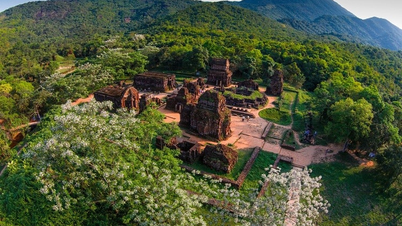
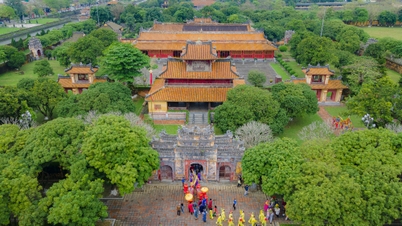

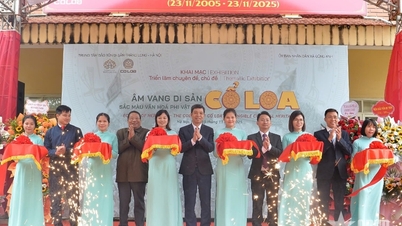
















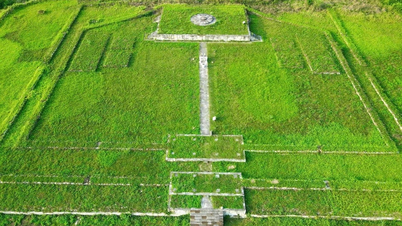

































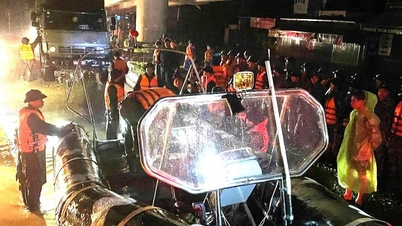
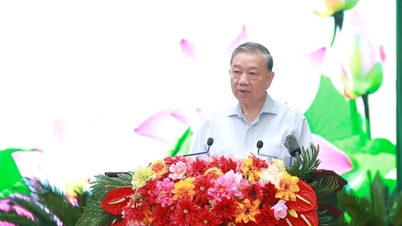




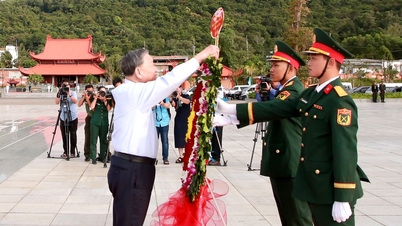
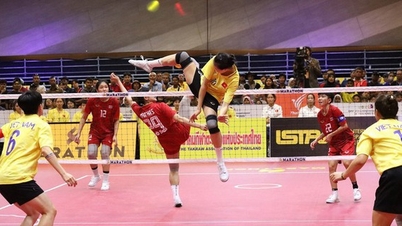







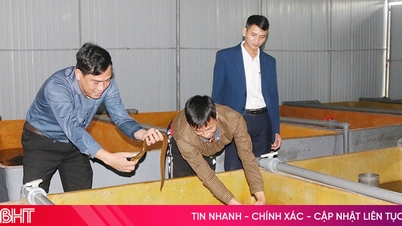











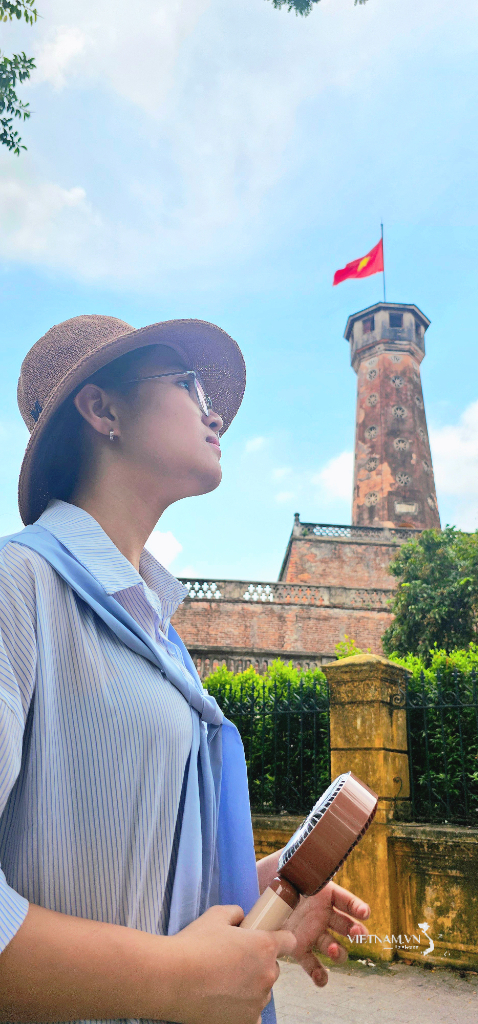



Comment (0)